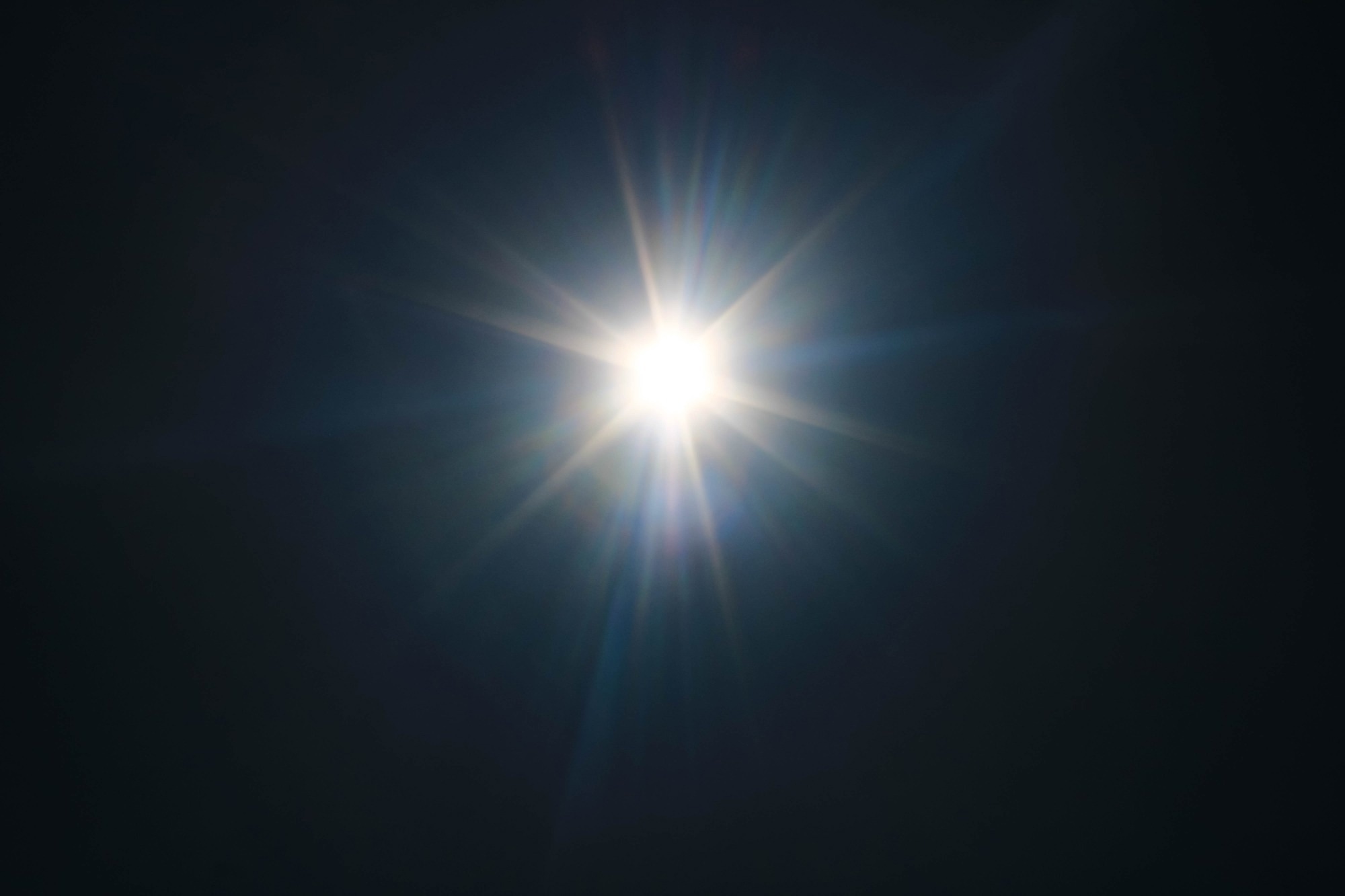Reviewed by Frances BriggsNov 12 2025
By abandoning conventional laser pairings, a Japanese team has found a powerful new way to generate brilliant white light in the world’s most common liquid.
 Study: Dramatic enhancement of supercontinuum generation in H2O by non-harmonic two-color excitation. Image Credit: Anik Wibowo/Shutterstock.com
Study: Dramatic enhancement of supercontinuum generation in H2O by non-harmonic two-color excitation. Image Credit: Anik Wibowo/Shutterstock.com
Researchers at the Institute for Molecular Science have accomplished a 1,000-fold increase in white-light production within water through the application of non-harmonic two-color femtosecond laser excitation. Their study was published in Optics Letters.
This unconventional method, previously unexplored in liquids, opens up new nonlinear optical routes and introduces a significant enhancement in supercontinuum generation.
This advancement lays the groundwork for future bioimaging technologies, aqueous-phase spectroscopy, and attosecond science in aqueous environments.
The research team used non-harmonic two-color femtosecond laser excitation, where the two laser wavelengths do not possess an integer frequency ratio.
Although harmonic combinations (such as fundamental and second-harmonic light) are often used in nonlinear optics, this is a novel demonstration of the use of non-harmonic excitation in water to reveal light-matter interaction.
By directing two ultrashort pulses, 1036 nm and a non-integer-related seed wavelength (for instance, 1300 nm), into water, the researchers achieved a significant amplification of nonlinear optical effects, like soliton compression, dispersive-wave emission, four-wave mixing, and cross-phase modulation.
These effects resulted in an exceptionally bright supercontinuum - a rainbow-like white-light source essential for ultrafast spectroscopy and imaging.
Control experiments conducted in heavy water (D2O) demonstrated no similar enhancement, indicating that the effect is influenced by water-specific dispersion and resonance conditions.
By deliberately breaking the usual harmonic laser condition, we discovered a new way to amplify light inside water. This opens an entirely new direction for ultrafast optics in liquids. Our finding offers a powerful approach to uncover phenomena of fundamental scientific and technological importance.
Dr. Tsuneto Kanai, Principal Investigator, Institute for Molecular Science
The findings could accelerate breakthroughs in deep-tissue biophotonics, aqueous-phase and interfacial spectroscopy, attosecond electron-dynamics studies in water, optical sensing, and nonlinear photonic technologies.
This study establishes a new standard in liquid photonics by using water as a basis for cutting-edge, ultrafast optical science.
Journal Reference:
Kanai, T., et al. (2025) Dramatic Enhancement of Supercontinuum Generation in H2O by Non-Harmonic Two-Color Excitation. DOI: 10.1364/OL.575734.